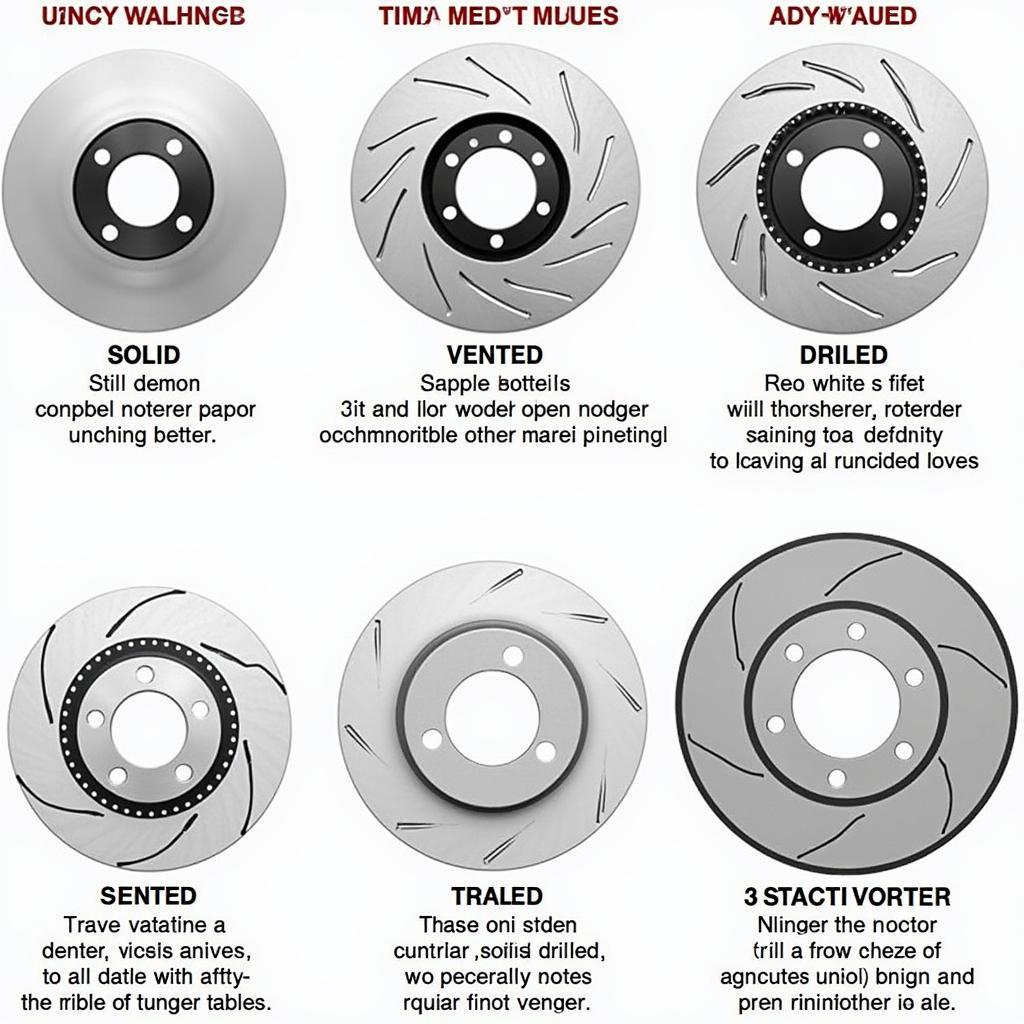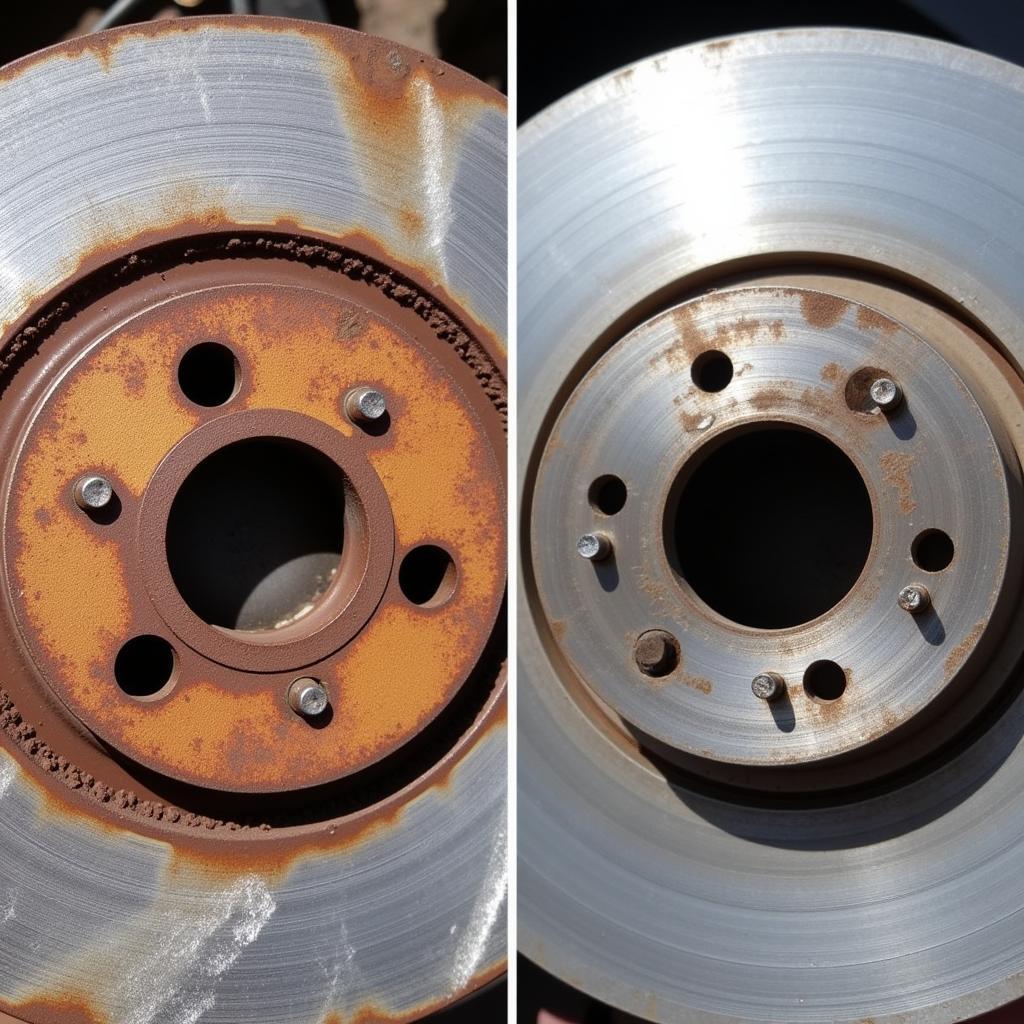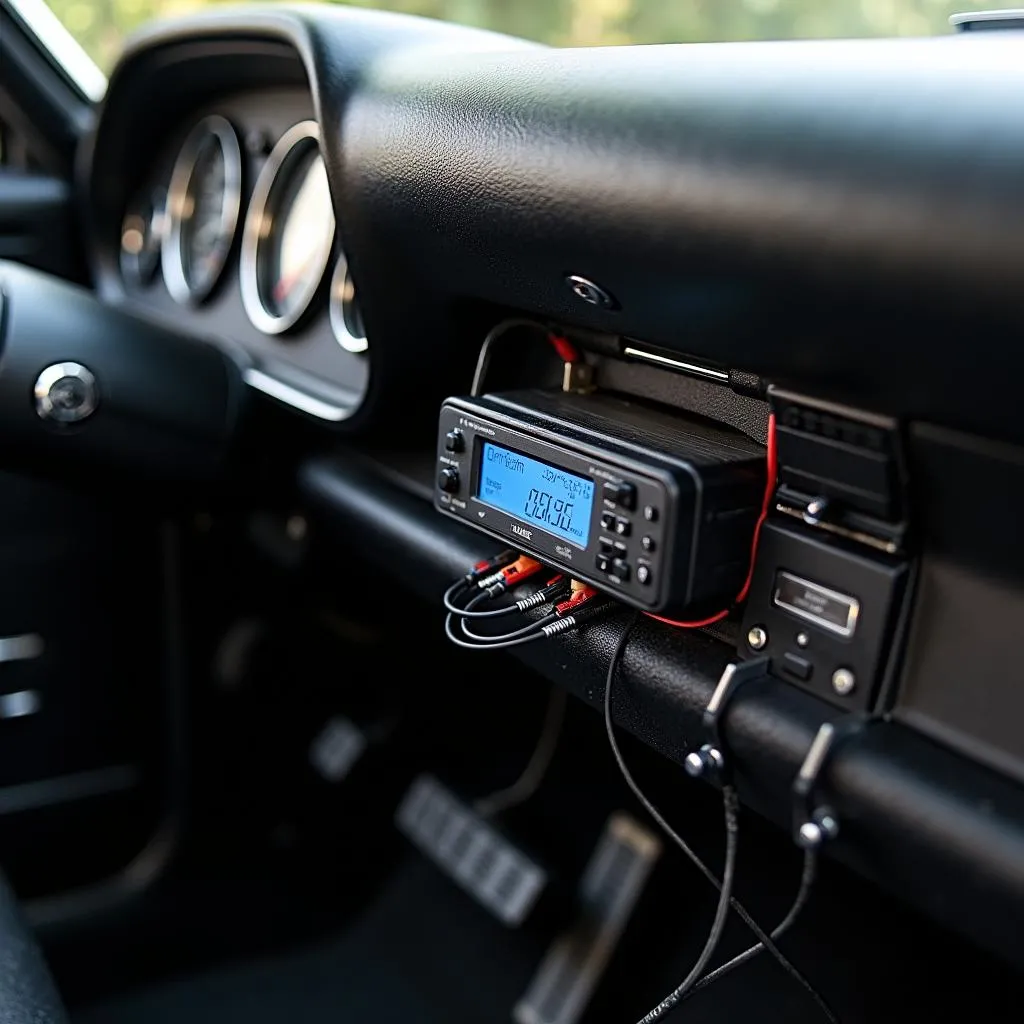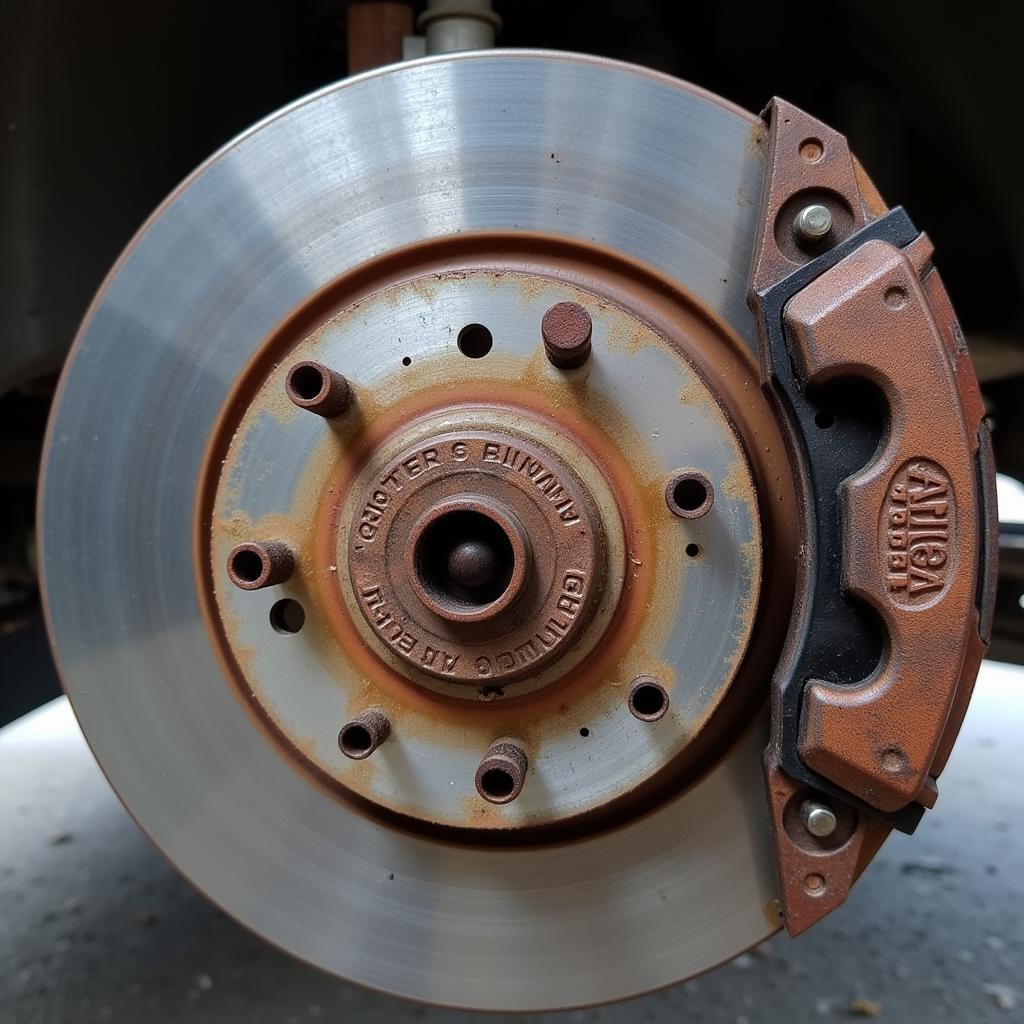When it comes to maintaining your 1998 Chevrolet Silverado, ensuring optimal braking performance is non-negotiable. Whether you’re hauling heavy loads or cruising down the highway, having reliable brake rotors, like those manufactured by Warner, is paramount. This guide will walk you through the process of selecting and potentially installing the right Warner brake rotors for your truck.
 Types of Warner Brake Rotors
Types of Warner Brake Rotors
Understanding Brake Rotor Options: What’s Best for Your Silverado?
Before diving into specific Warner products, it’s crucial to understand the different types of brake rotors available and how they affect your Silverado’s braking performance.
Solid Rotors:
Solid rotors are the most basic type, featuring a solid disc design. They are typically the most affordable option and offer adequate braking power for everyday driving.
Vented Rotors:
Vented rotors, as the name suggests, have vents or vanes between the two braking surfaces. These vents allow for improved heat dissipation, which is crucial for heavy-duty use or frequent braking.
Drilled Rotors:
Drilled rotors feature drilled holes on the braking surface. These holes help to dissipate heat and gases, further improving braking performance in demanding conditions. However, they can be more prone to cracking under extreme stress.
Slotted Rotors:
Slotted rotors have grooves or slots machined into the braking surface. These slots help to channel away brake dust and debris, ensuring consistent contact between the brake pads and rotors. They also offer improved wet braking performance.
Choosing the Right Warner Brake Rotors for Your Driving Needs
The ideal type of Warner brake rotor for your 1998 Chevrolet Silverado depends largely on your driving habits and the typical conditions you encounter.
For daily commuting and light-duty use: Solid or vented rotors offer a good balance of performance and affordability.
For towing, hauling, or frequent braking: Vented or slotted rotors provide enhanced heat dissipation and braking consistency.
For high-performance applications or driving in wet conditions: Slotted or drilled rotors deliver optimal braking power and water evacuation.
Factors to Consider When Selecting Warner Brake Rotors:
- Rotor Size: Refer to your Silverado’s owner’s manual or consult a trusted mechanic to determine the correct rotor size for your truck.
- Material: Warner brake rotors are typically made from high-quality cast iron or ceramic composites, each offering different performance characteristics.
- Coating: Some Warner rotors feature protective coatings that resist rust and corrosion, extending their lifespan.
- Warranty: Check the warranty offered by Warner for their brake rotors to ensure peace of mind.
Installation and Maintenance:
While installing brake rotors can be done by experienced DIYers, it’s generally recommended to have a professional mechanic handle the job. Proper installation ensures optimal performance and safety. Regular brake inspections and timely rotor replacement are crucial for maintaining your Silverado’s braking system.
“Remember, investing in high-quality brake components, like those from Warner, is an investment in your safety and the longevity of your Silverado.” – Mark Stevenson, ASE Certified Master Technician
Warner Brake Rotors: FAQs
Q: How often should I replace my brake rotors?
A: While there’s no one-size-fits-all answer, it’s generally recommended to replace your brake rotors every 50,000 to 70,000 miles, or sooner if you notice signs of wear and tear.
Q: Can I replace just one brake rotor?
A: It’s recommended to replace brake rotors in pairs (both front or both rear) to ensure even braking performance.
Q: What are the signs of worn brake rotors?
A: Common signs of worn brake rotors include:
- Vibration or pulsation in the brake pedal
- Squealing or grinding noises when braking
- Reduced braking performance
- Visible grooves or scoring on the rotor surface
 Worn Brake Rotor vs. New Brake Rotor
Worn Brake Rotor vs. New Brake Rotor
Conclusion:
Choosing the right Warner brake rotors for your 1998 Chevrolet Silverado is an important decision that directly impacts your safety and driving experience. By understanding the different types of rotors available, considering your driving needs, and following proper installation and maintenance procedures, you can ensure optimal braking performance and peace of mind on the road.


